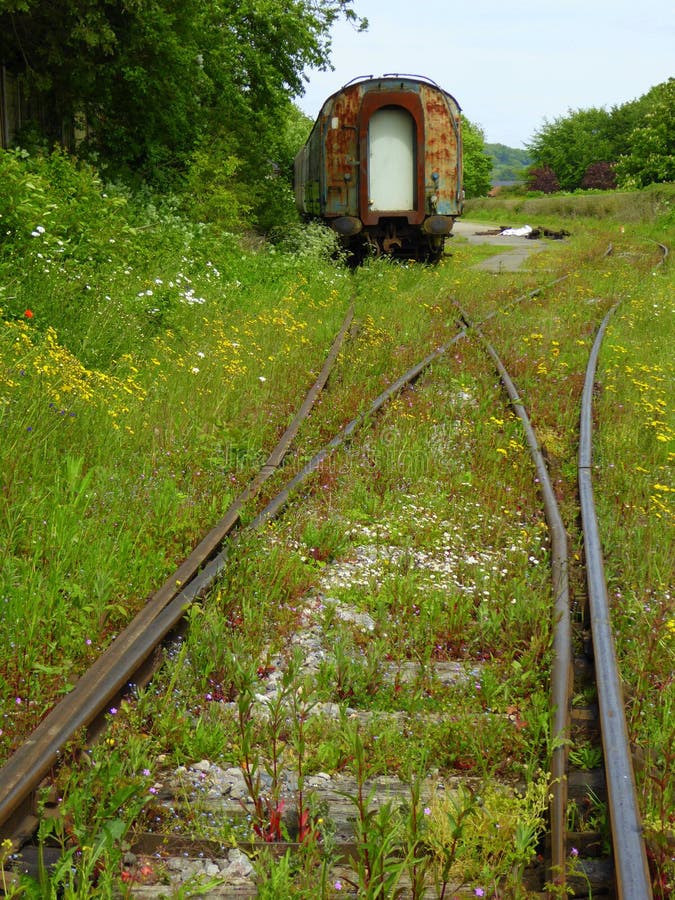As mentioned in prior posts, the benefits of student directed play and learning are huge, as they increase engagement, concentration and agency.
Positive Engagement is defined as:
You can see the engagement and enthusiasm children in Autahi have around their Discovery time.
This last week in our Discovery time we started to see some passions coming out, as well as some consolidation of what we are learning playing out in the discovery.
As you know our inquiry has been all about being Kaitiaki and thinking about animals, plant life and our role in looking after those. In our play this week, there were many connections being made to what we have been thinking and learning about.
 |
| We are playing Octonauts. They save the animals. They are underwater Kaitiaki. |
These guys are integrating the ideas of looking after animals into their play. This is a way to internalise and make sense of some of the concepts we are learning about.
In their play this week these guys were fascinated with sorting and organising the animals onto the zoo mat. They grouped them by the type of animal they were and put them where they needed to live. They talked about what they eat and what they need. They then moved onto Dinosaurs and went outside to create Dinosaur homes and habitats with the chalk. This was self motivated and chosen and links directly to what we've been learning about through inquiry thinking about what plants and animals need to survive. It connects directly to the science curriculum, both the content of the Living World, and also the thinking like a scientist aspect of the curriculum.
Musical Passions are coming out!
And what fantastic timing too because we are about to jump into a new inquiry around music and sound! Next term we will also be having some drumming lessons leading up to our art celebration half way through the term.
This week we had lots of exploration of instruments and sound. Thinking about which ones make the deepest and highest sounds, how to play a beat and just having a good time. Some of these guys put on a mini concert and even made tickets for the teachers to come and listen!
Stay tuned for a lot more learning around and immersion into music! Not to mention the character strengths it will take to practise and perform! We will be looking at how we can use perseverance, bravery and creativity when putting together our pieces for the art celebration next term! We will also be talking more about the connections between music and the brain and how immersion into something allows for flow which links us to positive engagement.
So there you have a snip-it of a week's worth of discovery time, the links to our curriculum areas and the positive engagement!













































